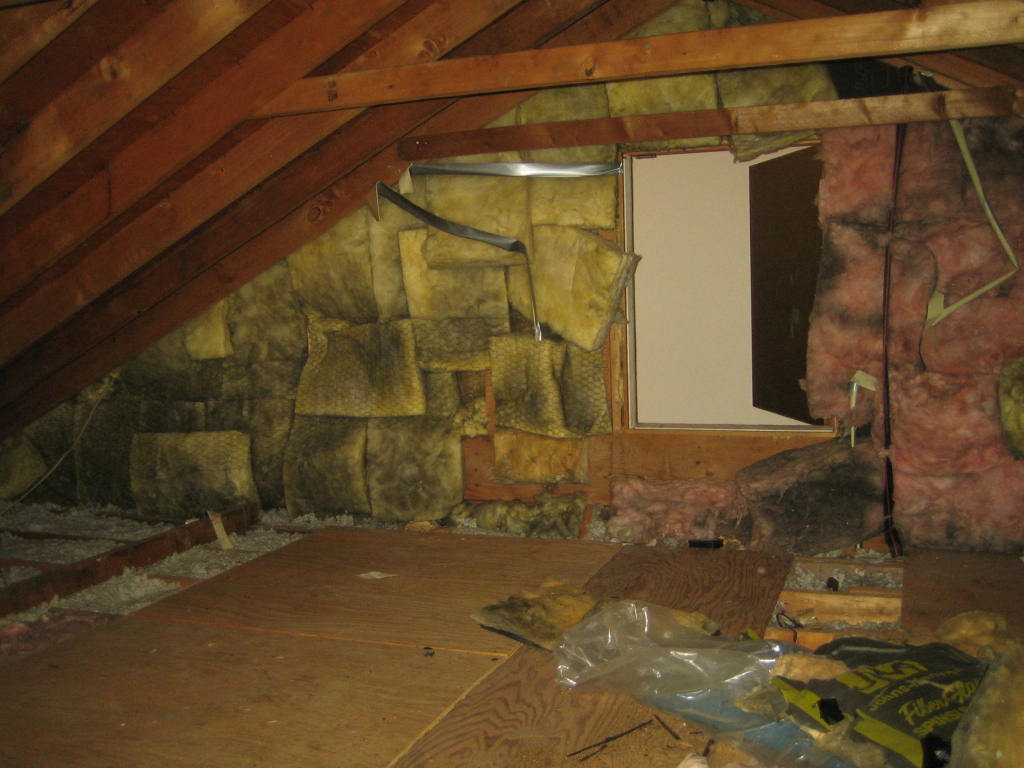
The groundhog may not have seen its shadow, predicting an early arrival of Spring this year; but Winter is only ½ way through, and New Jersey homeowners are certainly feeling its grasp. As the temperatures continue to remain cold, many people are doing whatever they can to deal with it, and be able to enjoy true home comfort as the chilly winds blow outside. If you’ve already run out of ideas on how to winterize your home, chances are there’s still some ground that you haven’t yet covered. The more you can do before the next winter storm or freeze sets in, the more comfortable the rest of the season will be for you and your family.
Here are three ways to winterize your home that you probably haven’t thought of, all of which can have a big impact on home performance and energy efficiency.
1. Fix Any Disconnected Ducts
Disconnected ducts are more common than you think, and they can put a real damper on home comfort. When ducts become disconnected from one another, the heated air that’s supposed to end up in your living spaces is often delivered to the basement, attic or crawlspace in your home. As you might assume, this leads to a good amount of energy loss that can be recovered if the disconnected ducts are fixed. And before you put too much thought into it, realize that in many cases the “fix” only requires a roll of “temperature-rated” duct tape – and not the kind kids make prom dresses out of – to make these connections long-lasting. You’ll not only save on your heating bill, but the chances that ice dams may form will be lessened as well.
2. Insulate Your Attic Hatch or Pull-down Stairs
You know that hatch or staircase that allows you to enter your attic? It’s costing you money and comfort. Even the smallest uninsulated area in your attic can allow warmth to escape, which translates to not only reduced energy efficiency but will make it more difficult than it should be to keep the home warm and toasty. Insulating your attic hatch or pull-down stairs is a great way to keep heat from escaping, and as with fixing disconnected ducts, it will reduce ice dam formation to a marked extent.
3. Fix the Attic Kneewalls
In many cases, exposed vertical walls common to conditioned spaces, like those surrounding a vaulted ceiling – referred to as “kneewalls” - are the weakest part of a home’s building enclosure; it’s the only “exterior wall” insulation that is not enclosed between sheet rock & exterior siding, which severely reduces its ability to resist heat transfer. Furthermore, Insulation may be falling out, in poor condition, installed backwards – yes, there is a correct way to install fiberglass – or worse, a combination of these; all which contribute to reduced comfort and energy waste. The best way to deal with kneewalls is to seal any air leaks that might exist, fill the cavities with insulation and put a rigid sheathing material on the attic side of the wall.
We should also mention that measures intended to “winterize” a home also go a long way to “summerizing” it too; the more you can separate the “outside” from the “inside”, the better off you will be all year long; so don’t think just because winter is ½ way over that there’s no point to doing any of this now! At Princeton Air, we view the home as the complex system that it is, with each part working with – or against – the others; and we know the differences between them, and how to make them work better together. If you’re looking to stay warm this winter, or cool this summer, we’re here to help. Contact us today to learn more and to schedule an appointment.
